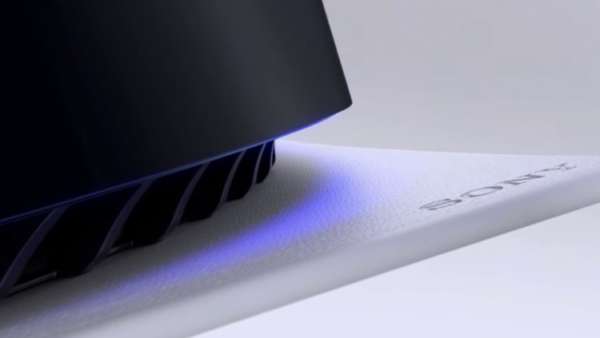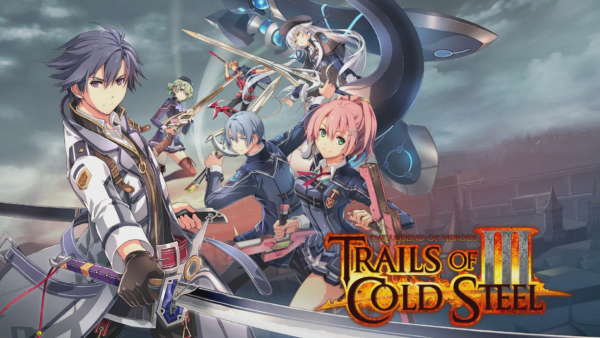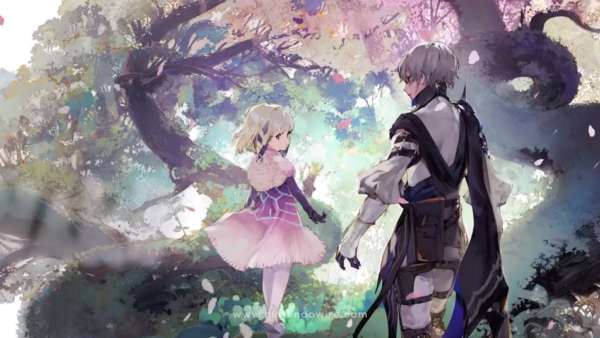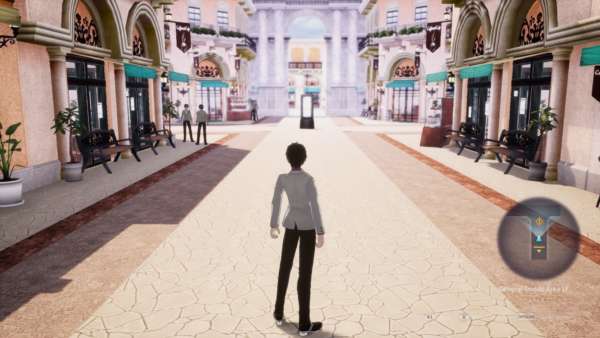If you found yourself standing in front of a mysterious coffin with strange symbols on the front, would you decide to walk into it? Well that’s exactly what Lady Chou Chou, the ultimate god and conqueror of the seven worlds, decides to do. Needless to say, it doesn’t end well, rendering her shrunken and powerless until she can find a way to restore her powers.
Random as it may be, this is the basic plot of a direct sequel to the original 2012 game Mugen Souls. Several of the original characters return for the ride, and you have several new friends joining your world dominating troupe, such as an amnesiac ultimate god named Syrma, and a hero in training named Nao. This time around, the group has twelve worlds to conquer, each with their own quests to complete and “evil” leaders, as well as competitors to your status to stop in their tracks.
The main meat of the game is an action-orientated role playing affair, with active time battle segments whenever you run into an enemy character. In between cutscenes, you will need to run across each of the worlds, collecting the treasures and finding a way to dominate it for your team, to the displeasure of your newcomer allies. The banter between the characters is well written, but they do tend to talk longer than necessary, especially when Lady Chou Chou decides to make herself heard.
When you face an enemy in the middle of one of the worlds, you have to move your character within attacking range, then use any combination of skills or items to put them six feet under. As an added incentive, attacking enemies in specially placed circles can increase or decrease certain elements, such as attack power or the amount of health you increase if using a particular healing spell. This is a unique touch, and makes you reconsider your attack position before you decide to bombard your opponent.
Fans of sentai animation will be especially pleased that G Castle, the ship that you use to travel between worlds can transform into a giant Power Rangers style robot. When this transformation occurs, you can perform certain actions to dodge the onslaught of an enemy ship, or form an offensive front yourself and send them flying to the edge of the galaxy in pieces. This kind of gameplay was a genuine surprise, and is a breath of fresh air to the usual fighting mechanics we are used to seeing in the genre.
If you are so inclined, you can transform one the enemies you meet in battle using the Captivate system into a Shampuru, a kind of rabbit creature that increases the strength of G Castle. Each new captivated creature powers a different aspect of the castle, such as defense, magic and the strength you control. You can also buy special parts to increase the castle’s move set, or find them whilst traversing the many worlds. This system feels similar to catching and training Pokemon, and while you do not gain experience for each of them, it is a nice touch to be able to alter the power of your transforming powerhouse.
In between the battles, the exploration of the worlds falls slightly flat, as there aren’t any NPC’s to communicate with, or any side quests to perform, except when you beam back to G Castle. This makes walking between the battles and cutscenes slightly cumbersome and repetitive, instead of immersing the player within the universe in which the game is set. Considering the detail that has been placed into the main characters and the animated scenes, I was expecting the scenery to have the same kind of visual flair. Unfortunately, the models used in the adventure contrast heavily to the anime style, and make the background look quite dull by comparison. They do not look terribly designed, but in a game of this calibre, I felt that they could have put a little more effect into the execution.
Fans of Japanese culture will be pleased to learn that the game features both English and Japanese audio, with a range of subtitles to accompany them. The voicework isn’t always present in the cutscenes, but when it does appear, it is full of life and seems to fit the personality of each character. There are a few exceptions to this rule, but this might be a matter of opinion more than the ability of the actor.
The music of the Mugen Souls Z is mostly upbeat, with a definite vibe of Space Channel 5 in some places. It has all been seen before in this kind of game, but it isn’t broken, so the developers haven’t fixed it. Most of the tracks are well composed, but there are a few that feel like they should have been passed to the testing group to have a listen before they were approved, such as the Scarlet World theme that sounds more like a communist march than a gentle orchestra piece to suit a peaceful world.
I don’t usually dislike a character in a video game, but in this case, I am afraid that I will have to say I am not a fan of Lady Chou Chou. While her snobbery and strong willed enthusiasm can be slightly amusing at first, it quickly turns boring and downright annoying when she acts like a child to get what she wants. I almost expected Willy Wonka to walk in and throw her to the squirrels whilst a group of Oompa Loompas sung an inappropriate poem at some points in the narrative.
Overall Mugen Souls Z is a mixed result. On the one hand, it has a great battle system and interesting characters, but the repetition involved with completing the quests between them can leave you feeling slightly disenchanted. The battles with the transforming castle add a different layer to the experience, but they are few and far between, and never combined together for a unique effect. The random nature of the game may not be to everyone’s tastes, but if you like something that is quirky, and occasionally downright insane, then this game is the one for you.






